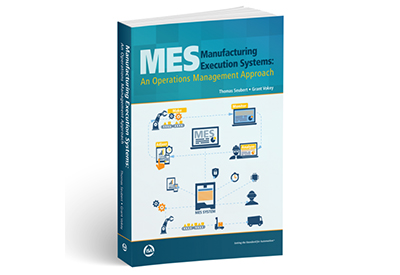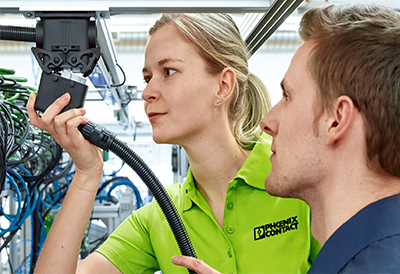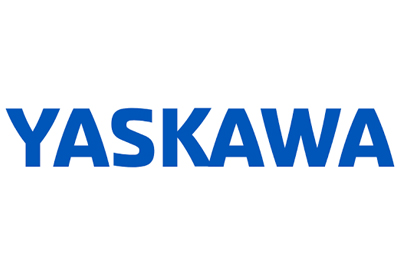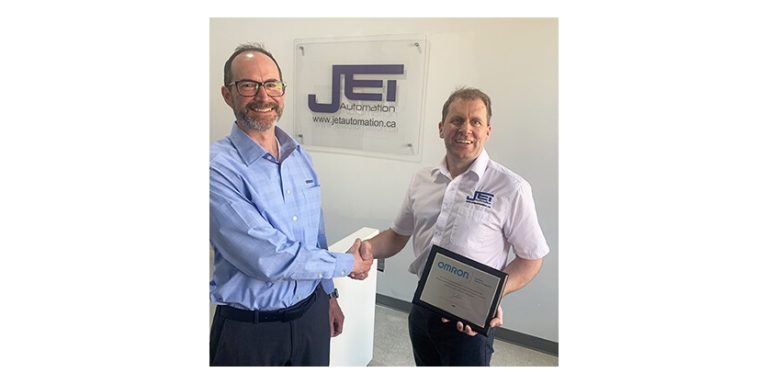Deputy Prime Minister Welcomes Canada Growth Fund Investment in Svante to Advance Carbon Capture Technology
August 16, 2024
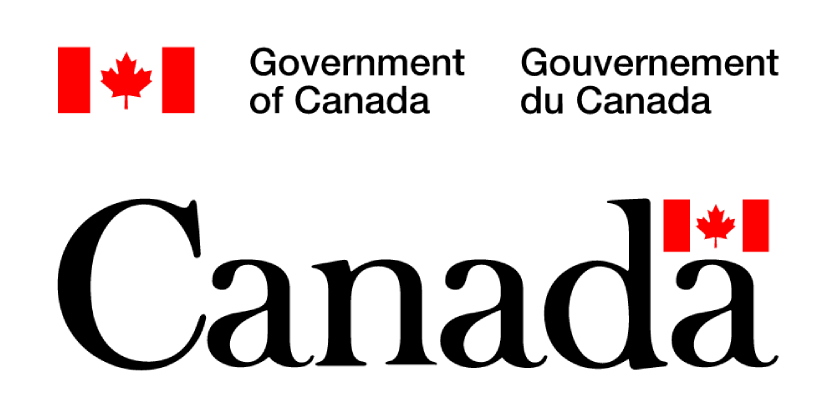
Advancing carbon capture technology to reduce emissions, boost Canadian innovation, and support 300 good-paying jobs
On August 15, the Honourable Chrystia Freeland, Deputy Prime Minister and Minister of Finance, welcomed the announcement of the Canada Growth Fund’s seventh investment.
The Canada Growth Fund has announced an investment of up to US$100 million (C$137 million) in Svante to accelerate the company’s development and construction of commercial-scale carbon capture and removal projects, which will secure the company’s Canadian-based future and reduce emissions from heavy industries in Canada and around the world.
Headquartered in Burnaby, British Columbia, Svante is a leading Canadian clean tech company that manufactures filters and carbon capture machines capable of trapping and removing CO2 from heavy-emitting industries, such as cement, steel, hydrogen, and oil and gas. Through its innovative Made-in-Canada technology, Svante is creating good Canadian jobs and ensuring Canadian intellectual property remains Canadian-owned through its over 120 global patents.
The Canada Growth Fund is building on the US$145 million (C$198.65 million) Svante is investing in its new carbon capture and removal filter manufacturing facility under construction in Burnaby, British Columbia. Upon completion, the Burnaby facility will be able to produce enough filters to capture ten million tonnes of CO2 annually. The new manufacturing facility will be co-located with the company’s global headquarters and research and development centre and will support approximately 300 good-paying jobs for British Columbians.
Today’s US$100 million investment consists of US$50 million (C$68.5 million) provided today, with the remaining US$50 million available for Svante to draw upon for future carbon capture, utilization, and storage (CCUS) projects, providing further potential to bolster Canada’s path to net-zero emissions by 2050.
The federal government is also supporting the use of CCUS technology through its generous investment tax credits, which are available to access now and are already attracting investment across Canada from innovative companies. For companies like Svante, the investment tax credits will help grow their customer base by offsetting the cost of implementing clean technologies such as CCUS.
Quotes
“The Canada Growth Fund’s investment in Svante will help drive the kind of economic growth we need and keep Canada on track to net-zero by 2050. By investing in cutting-edge Canadian innovators, we are decarbonizing industries and making energy more affordable, while reducing emissions and creating good-paying jobs.”
– The Honourable Chrystia Freeland, Deputy Prime Minister and Minister of Finance
“As we look to address the climate crisis, countries and companies that are thoughtful and strategic will look to seize the opportunities that a low-carbon future presents. Companies such as Svante are rapidly moving to use policy tools available to them to generate economic growth and create good jobs now and into the future.”
– The Honourable Jonathan Wilkinson, Minister of Energy and Natural Resources
Quick Facts
- CCUS is a suite of technologies that captures carbon dioxide (CO2) emissions to either safely store the CO2 or to use it in other industrial processes, such as permanent mineralization in concrete.
- The federal government’s $93 billion suite of major economic investment tax credits includes the Carbon Capture, Utilization, and Storage investment tax credit, which covers up to 60 per cent of eligible capital costs, to accelerate decarbonization across high-emitting industries.
- The Canada Growth Fund is a $15 billion arm’s length public investment vehicle launched by the federal government to attract private capital and invest in Canadian projects and businesses, which is led by Canada’s world-leading public sector pension professionals.
- The Canada Growth Fund makes strategic investments to help Canada to meet the following national economic and climate policy goals:
- Reduce emissions and achieve Canada’s climate targets;
- Accelerate the deployment of key technologies, such as low-carbon hydrogen and carbon capture and sequestration;
- Scale-up companies that will create jobs, drive productivity and clean growth across new and traditional sectors of Canada’s industrial base;
- Encourage the retention of intellectual property in Canada; and,
- Capitalize on Canada’s abundance of natural resources and strengthen critical supply chains to secure Canada’s future economic and environmental well-being.
- The Canada Growth Fund makes strategic investments to help Canada to meet the following national economic and climate policy goals:
Related Story
Government of Canada Launches the First Clean Economy Investment Tax Credits
As countries around the world race to seize the economic opportunities associated with a net-zero future, the Government of Canada is taking bold action to ensure Canadian workers and industry succeed. The Clean Economy Investment Tax Credits (ITCs), representing $93 billion in federal incentives by 2034–35, will play an essential role in attracting investment, supporting Canadian innovation, creating jobs and driving Canada’s economy toward net zero by 2050.


